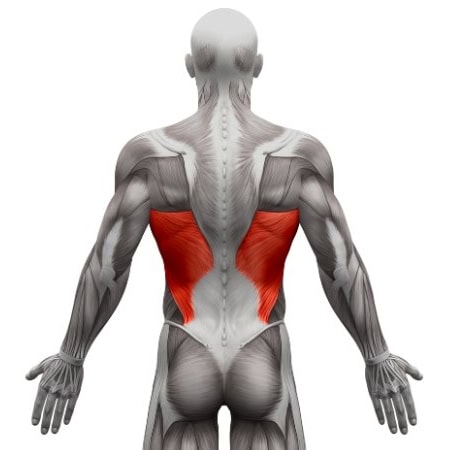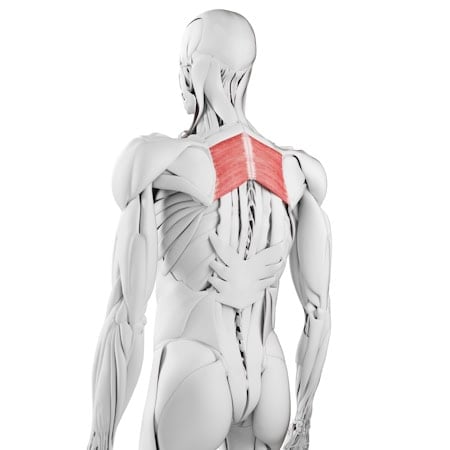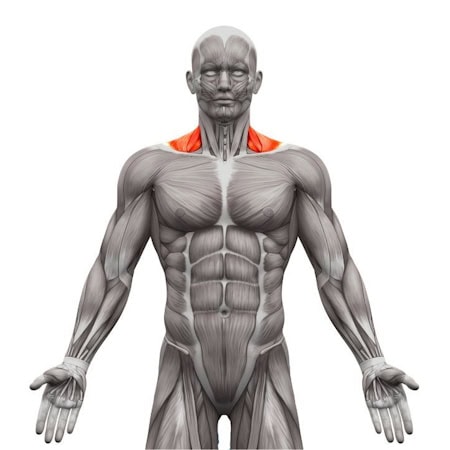Doorway Rows
How to do Doorway Rows?
Doorway rows are a bodyweight exercise that focuses on building upper back strength, targeting the muscles of the back, shoulders, and arms. This exercise is performed using a doorway or door frame as an anchor, making it a convenient and effective way to train the pulling muscles without needing equipment like dumbbells or resistance bands. Doorway rows help improve posture, shoulder stability, and upper body strength, making them ideal for athletes and individuals looking for a simple yet powerful upper body workout.
Steps to Perform a Proper Doorway Row:
1. Set Up in a Doorway:
• Stand facing an open doorway and grasp the door frame or the edges of the door frame with both hands at chest height. Your arms should be extended straight in front of you, and your feet positioned close to the base of the door frame.
• Stand with your feet shoulder-width apart, keeping a slight bend in your knees.
2. Lean Back and Engage Your Core:
• Lean back slightly by stepping your feet forward and extending your arms fully, keeping your hands gripping the door frame. Your body should be leaning back at an angle, with your weight supported by your arms and core.
• Engage your core to maintain a neutral spine throughout the exercise.
3. Pull Your Body Toward the Door Frame:
• Exhale as you pull your chest toward the door frame by bending your elbows and squeezing your shoulder blades together. Focus on using your upper back muscles to initiate the movement rather than pulling with your arms.
• Your elbows should remain close to your body as you row yourself toward the door frame.
4. Return to Starting Position:
• Inhale as you slowly extend your arms and lower your body back to the starting position, maintaining control throughout the movement. Keep your core engaged to prevent any arching of the lower back.
Benefits of Doorway Rows
• Builds Upper Back Strength: Doorway rows target the muscles of the upper back, helping to build strength and muscle definition in the rhomboids, traps, and lats.
• Improves Posture: Strengthening the muscles responsible for pulling the shoulders back helps improve posture, especially for individuals who sit or slouch for extended periods.
• Convenient and Accessible: Doorway rows require no equipment beyond a door frame, making them easy to perform at home or in any space with an open doorway.
• Enhances Shoulder Stability: This exercise engages the shoulder stabilizers, helping to improve overall shoulder strength and reduce the risk of injury.
• Engages the Core: By maintaining a controlled lean-back position, doorway rows also activate the core muscles, contributing to improved stability and strength.
• Functional Movement: Rowing movements like doorway rows are functional and translate well to daily activities that require pulling or lifting, such as carrying groceries or pulling objects toward you.
• Low Impact: Doorway rows place minimal stress on the joints, making them an excellent choice for individuals with joint issues or those looking for a low-impact upper body workout.
• Scalable for All Fitness Levels: Whether you’re a beginner or more advanced, doorway rows can be easily modified to match your strength level, allowing for progression over time.
Tips for the proper execution of Doorway Rows
Core Engagement: Keep your core tight to support your spine and prevent any sagging or arching during the movement.
Squeeze Your Shoulder Blades: Focus on squeezing your shoulder blades together as you pull yourself toward the door frame. This helps target the upper back muscles more effectively.
Elbow Positioning: Keep your elbows close to your body during the rowing movement to avoid placing unnecessary strain on your shoulders.
Grip Strength: Ensure you have a firm grip on the door frame for stability. Use both hands evenly to maintain balance throughout the movement.
Breathing: Inhale as you extend your arms and lean back, and exhale as you pull your body toward the door frame. Proper breathing helps maintain control and power during the exercise.
Muscles worked when doing Doorway Rows
Primary Muscles:
•Upper Back: Rhomboids and trapezius (responsible for retracting the shoulder blades and supporting the row movement)
•Lats: Latissimus dorsi (engaged during the pulling motion)
•Rear Deltoids: Posterior deltoids (support the shoulders during the pull)
Secondary Muscles:
•Biceps: Biceps brachii (assist with elbow flexion during the row)
•Core: Abdominals and obliques (engaged to stabilize the torso throughout the movement)
•Forearms: Engaged to maintain grip on the door frame
•Lower Back: Erector spinae (provides spinal support and maintains body alignment)
Primary Muscle(s):
Secondary Muscle(s):
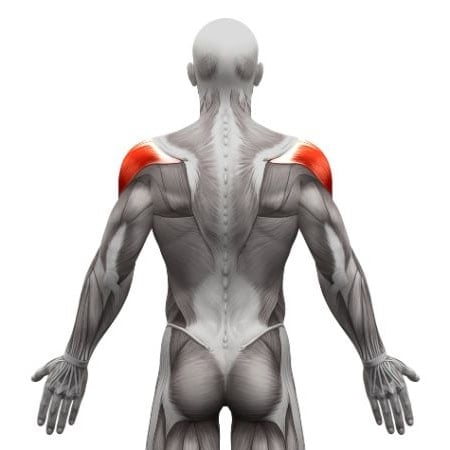
Rear delt
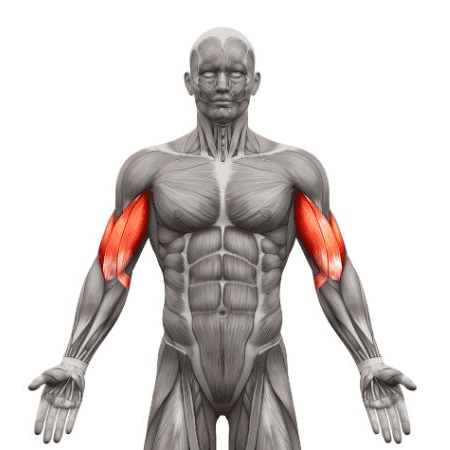
Biceps
Equipment needed for Doorway Rows
No equipment needed for this exercise.
Adjust the difficulty of Doorway Rows
How to make Doorway Rows harder?
How to make Doorway Rows easier?
How to make Doorway Rows harder?
To make Doorway Rows harder:
-
Increase the Lean: Step your feet further away from the door frame to create a steeper angle, making it more challenging to pull your body weight.
-
Add a Hold: Hold the top position of the row (when your chest is closest to the door frame) for 2-3 seconds to increase time under tension and further engage the back muscles.
-
Perform One-Arm Rows: Once you’ve mastered the two-arm version, try performing the doorway row with one arm at a time. This adds instability and challenges the core and upper back even more.
-
Increase Repetitions or Sets: Perform additional repetitions or sets to increase endurance and challenge your upper body muscles more intensively.
How to make Doorway Rows easier?
To make Doorway Rows easier:
-
Stand More Upright: Position your body more upright by standing closer to the door frame. This reduces the angle of your lean, making the exercise easier while still engaging the upper back and shoulders.
-
Use a Gentle Pull: Focus on partial pulls, where you pull yourself only partway toward the door frame. Gradually increase the range of motion as your strength improves.
-
Shorten the Range of Motion: Perform smaller, controlled movements to reduce the intensity and build strength gradually.


